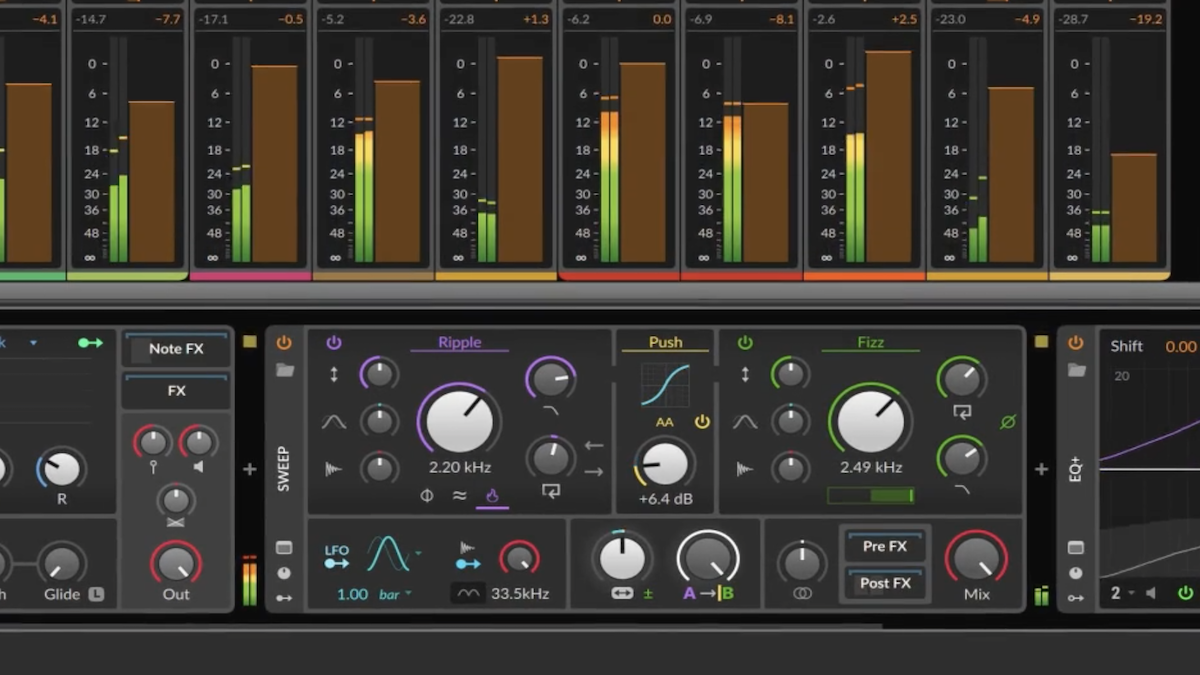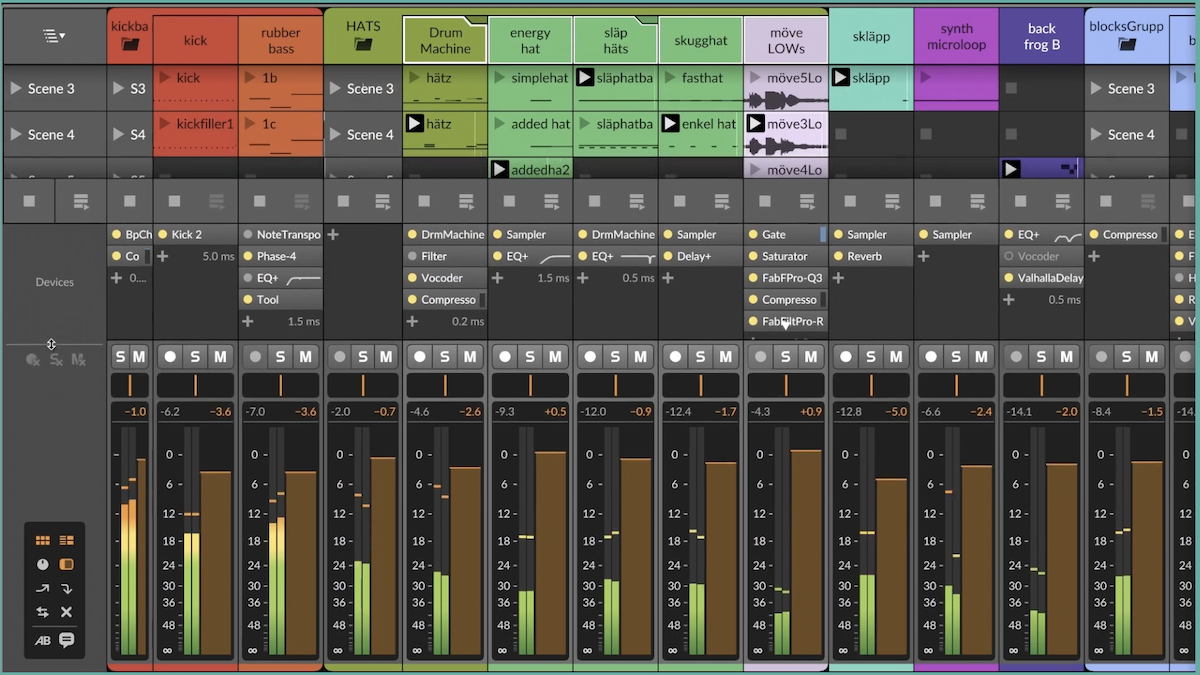Bitwig Studio 5.1 is now available and adds "10 new characters": is this the most creative DAW ever?
With even more modules added to this most modular of platforms, it just might be
With version 5 of its DAW, Bitwig took the software up quite a few notches, turning what was already a fine music production suite into a creative monster. Version 5.1 sees that trend continue with more extras than you would normally expect from a single point update. Previously in beta, this is now fully released and available to anyone with a Bitwig Studio license and an active Upgrade Plan.
Bitwig Studio is not your average DAW any more. And nor does Bitwig do average updates.
Version 5 of Bitwig Studio was a milestone release. But it does now mean you have to look at Studio with different eyes compared to other DAWs. It has become almost a creative instrument in itself, with modules taking centre stage and the whole modulation system meaning that pretty much anything can control anything else.
These, along with the already impressive Grid, itself a virtual environment in which you can create any instruments and effects, mean that Bitwig Studio is not your average DAW any more. And nor does Bitwig do average updates.

Version 5.1 adds what Bitwig says are 10 new characters: that's four filters and six waveshapers, with '10 new sonic personalities'. These can be used like other modules in The Grid or combined as part of the two new audio effect containers called Filter+ and Sweep.
Some of these additions can get confusing because the nature of Bitwig's modular setup means that modules can go in different places – The Grid, per track, within containers, or even some (the four new filters and a new Bite oscillator) as modules in the Polymer semi-modular synthesizer.
This does mean, as we said, that everything can pretty much modulate everything else. Filter+, for example, lets you combine any of the now 14 Bitwig Studio waveshapers with one of a total of 10 filters and then add it to a track. Similarly, Sweep has a couple of slots for filters, a waveshaper and routing, and again lets you swap out whatever different modules.

Looking at the new filters and waveshapers in more detail, we start with Fizz, a phaser-like filter with vocal formant options. Rasp is brighter and more resonant; Ripple is a hyper-resonant filter which is great for acid like sounds; and finally there's Vowels, a morphing formant type filter.
Get the MusicRadar Newsletter
Want all the hottest music and gear news, reviews, deals, features and more, direct to your inbox? Sign up here.
The six shapers include Push and Heat for softer and harder clipping; Soar is a wavefolder that increases loudness and can add a metallic edge; Howl adds a loud emphasis and a glitchy feel; Shred is hissy and zappy; and finally Diode is for warmer filter styles. The audio demos at the Bitwig website provide much better descriptors than our word-based attempts!
Other enhancements in 5.1 include additional voice stacking features to layer up to 16 voices per note from any polyphonic device and in several different ways. There are eight new modes for this in a new Stack Spread modulator. Additionally, you can tailor what the mixer shows to help speed up your workflow, and the audio engine has been improved for better quantisation.

The DAW is available at three different levels: Studio Essentials ($€99), Studio Producer ($€199) and Studio ($€399), though a winter sale means that you can currently get these three versions of Bitwig Studio for $/€79, $/€149 and $/€299 respectively. You can get more info about the differences between each version and buy direct from the Bitwig website.


Andy has been writing about music production and technology for 30 years having started out on Music Technology magazine back in 1992. He has edited the magazines Future Music, Keyboard Review, MusicTech and Computer Music, which he helped launch back in 1998. He owns way too many synthesizers.










